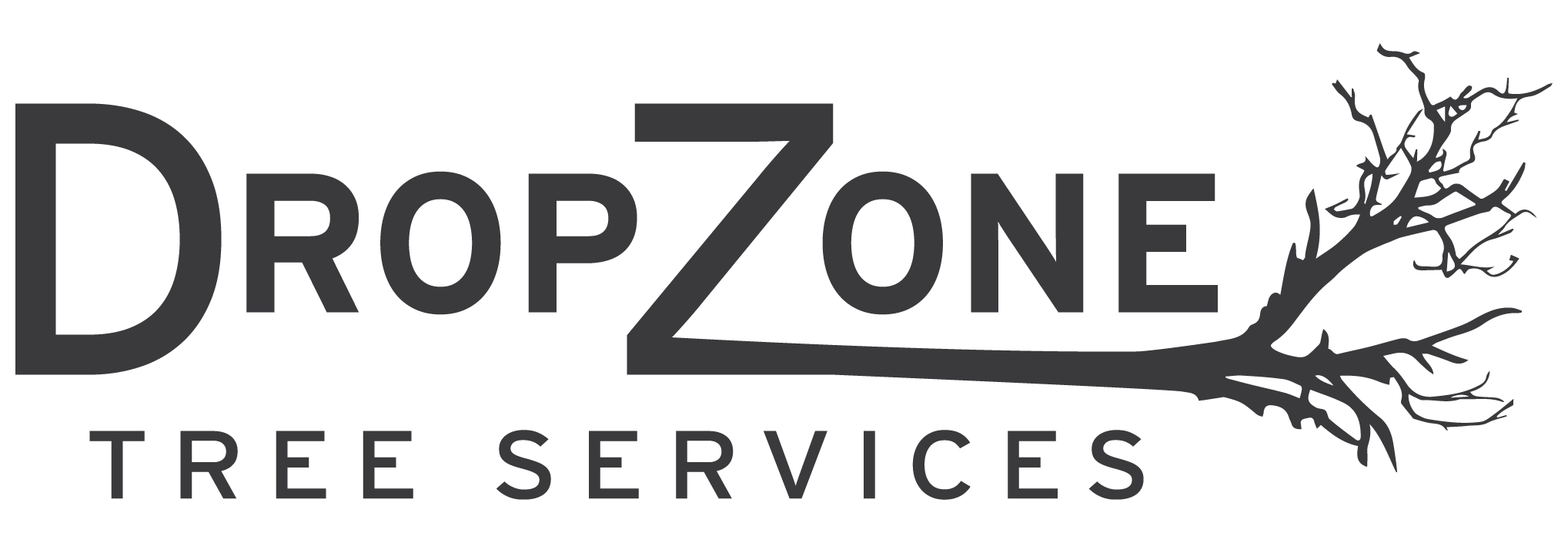How To Choose the Right Clermont Tree Service
Certain factors, such as licensing and services available, are important to consider when choosing a tree removal company. We go over several key factors below.
Vet the Company's Qualifications
Tree service companies should have insurance, such as workers' compensation, general liability, and professional liability insurance. These policies protect both workers and customers. Policies should specifically mention tree work coverage, because otherwise you can be held responsible for any damage or injuries on your property. Tree removal has no mandatory national certifications, but companies can have certified arborists on their staff to complete inspections. This isn't required, but it does provide added benefits. Arborists are certified by the International Society of Arboriculture (ISA). They're the experts in proper preservation, care, and maintenance techniques to protect tree health.
Get Quotes From Multiple Companies
It's a good idea to request quotes from a handful of companies. This lets you compare aspects such as service fees, included services, and timelines to find the best deal.
Confirm the Company Performs Residential Tree Services
Look for tree removal companies that specialize in residential tree care. These companies have fewer locally mandated service restrictions than commercial companies, which are required to follow certain local ordinances.
Request a Tree Risk Assessment
A tree risk assessment (TRA) evaluates the possibility of tree failure. A tree removal professional will visually inspect a tree to determine the risk of the tree or its branches breaking. A TRA is done to help minimize the risk of harm to workers and property. Talk to your tree removal service provider and make sure a TRA is completed before beginning work. Certified arborists typically conduct these assessments. Some companies offer TRAs for free, while others charge an extra fee.
Ask About Stump Removal
Many tree removal companies can also handle stump removal, either with specialized equipment or by hand. This is important because neglected stumps can decompose and attract pests and disease. Ask your tree removal company if it includes stump removal as a part of its services. It typically costs from $61 to $446, with the typical Clermont homeowner paying about $284.
How Much Does It Cost To Remove A Tree?
Tree removal services cost an average of $567, with a range of $276-$1,215. Factors that may influence this price include project size, tree health, and tree size and type. You may pay by acre instead of by tree if you're removing multiple trees. You can expect to pay roughly $1,458 for emergency tree removal services. The price will also increase if a tree has a high failure risk or requires additional labor, equipment, or safety precautions.
Ready to Get a Quote on Your Tree Project?
Please enter a valid 5-digit zip code!
Frequently Asked Questions About Tree Removal in Clermont
What are common tree issues?
What's the difference between tree trimming and tree pruning?
How can I tell if a tree is dangerous?
Do I need to hire a professional for tree removal?
Is it safe to leave a downed tree sitting on my lawn?
To share feedback or ask a question about this article, send a note to our Reviews Team at reviewsteam@thisoldhousereviews.com.













